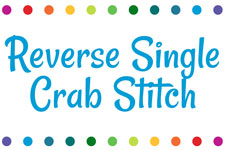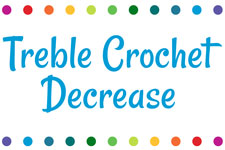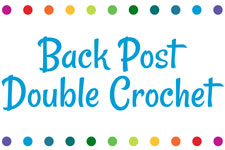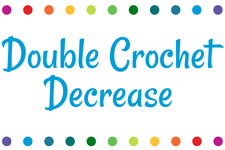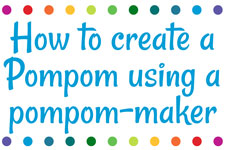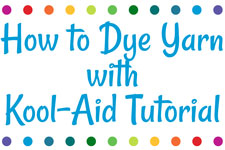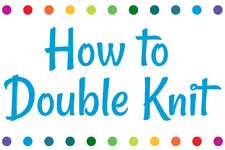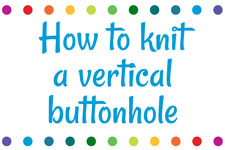Create Your Own Work of Art - the Lengthwise ScarfBack to Search |
| Posted: Thursday, February 23, 2006 |
Want to create your own work of art? Have tons of scrap yarn sitting around & you don't know what to do with it? Enter the Sideways Scarf! Although we can't claim to be pioneers of this technique, we are huge fans & are constantly coming up with new combinations. A great way to bring out the inner-creative in you, the sideways scarf will exploit the color and texture of the yarns in your collection. Selecting the Yarns :: I choose at least 3 or 4 different yarns, begining with an inspiration yarn. The inspiration yarn typically has the most character, often varigated in color with a touch of sparkle and maybe with a little fluff, mohair or nubs. From this inspiration yarn, I carefully study the colors and then choose other yarns in coordinating colors & usually include one more yarn with a texture. Putting it all Together :: For each edge of the scarf I always use a plain solid color and a fairly chunky weight yarn. This frames the scarf very well and also gives it stability in a way that a textured yarn wouldn't necessarily. Then I just work 2, 3, or 4 row stripes, however the mood takes me. There are no rules, no right or wrong way of doing it just a lot of creativity and fun! When choosing the yarns, look at the yardage as you may need 2 of one of the yarns if you are intending to use it for more than just 3 or 4 rows. Yarns with lots going on are often heavier so you dont get as many yards as in a plain yarn. A finer yarn is great too as you can always use 2 strands of it. Use plain yarns with different finishes like a wool and a silk for example. Start Knitting! :: I typically use a 36" long circular needle size 10 or 10.5 and cast on about 220 stitches using bulky weight yarns. In general, this makes a reasonable length scarf that you can wrap around once if desired. Of course, if you are using much thicker yarns, you'll want to use a larger needle and cast on fewer stitches. In general, I use math (oh no!) to figure out how many stitches to cast on. For example, let's say that I am using a US 15 Needle for yarn that states that it will get 2 sts/inch on a US 15 needle. If I want the scarf to be 60" long, then i cast on 60 x 2 = 120 sts. Following that logic, if I want the scarf to be 65" long, then i cast on 65 x 2 = 130 sts. In this scenerio (130 sts), the value "65" equals "the number of inches of desired length". The value "2" equals "the number of sts/inch" i am expecting to get when knitting. So.... if you want to knit a scarf that is 65" in length and you think you'll get 3 sts/inch (because that's what the label says, given then needle size you're using), then i can calculate: 65 x 3 = 195 sts to cast on. Make sense? Ending :: Now once you've figured out how many to cast on, and you've knit until your arms are sore (or you've simply run out of yarn), it's time to cast off. But how will i know how much yarn to leave for the cast off row? That's a very good question! Don't get me wrong, this may not work every single time (do don't get mad at me if it doesn't), but i use a 'rule of 4' when determining whether or not i have enough yarn left over. If i can stretch my leftover yarn across the width of my knitting 4 times, then i have enough left to cast off. Again, let's use some of that high school math that we swore we'd never need... If your scarf is going to be 60" wide, then you'll need approximately 60"x4=240" of additional yarn to cast off. Once you're down to the last 120" of yarn, then it's time to end this project and start thinking of another one. One of the most important thing about a sideways scarf and that is that you must cast off on a needle 1-2 sizes bigger. The reason that this is important is to prevent the scarf 'cinching' up on one side. Since you are only casting off 1 stitch at a time, the length of this larger needle doesn't really matter. In fact, it's probably easier to manuever with a shorter straight needle (or a double pointed needle). So hunt in your stash for an inspiration piece or look at our website for some really exciting options we have put together...I wanted to knit all of them! This is a great weekend project or one for a car journey so have fun!
|
| We hope you enjoy this article! This article and the associated photos are only for personal non-commercial use and are not for resale. All rights reserved. Permission granted by Jimmy Beans Wool and myKnitting.com to copy and share this article for non-commercial personal use. Users do not have permission to display on any retail or wholesale website other than www.https://www.JimmyBeansWool.com and www.myknitting.com without express permission from Jimmy Beans Wool. |


